Eremophila oppositifolia
Eremophila is a large genus of over 200 species, all endemic to Australia. Eremophila oppositifolia is found naturally in all mainland states and the Northern Territory.
See newsletter 127 for detailed information.
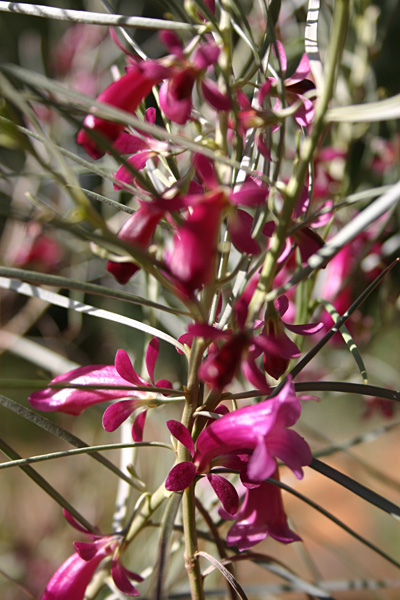
Photo: Lyndal Thorburn
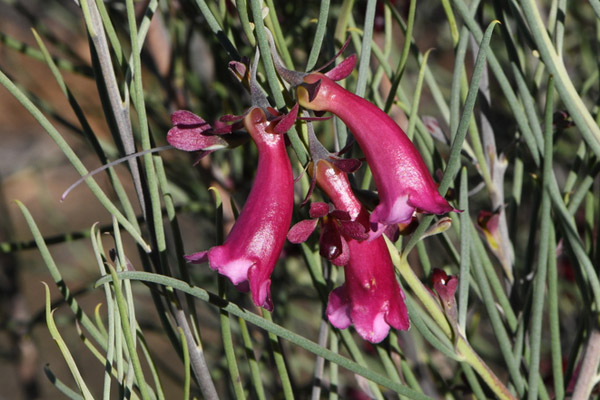
Photo: Russell Wait
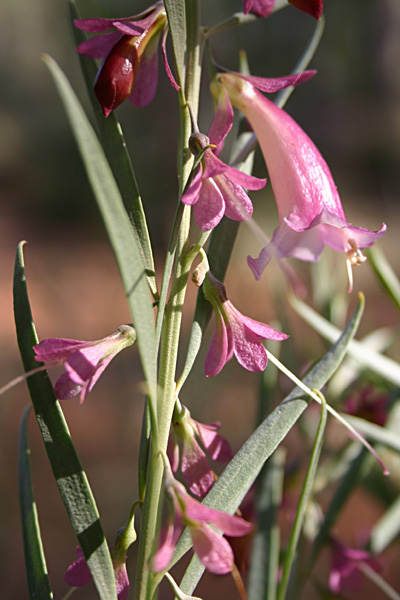
Photo: Lyndal Thorburn
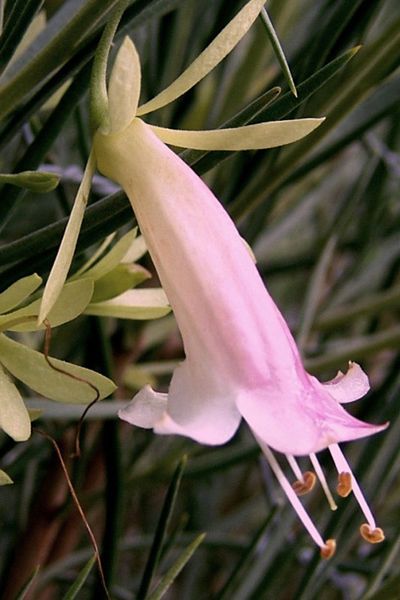
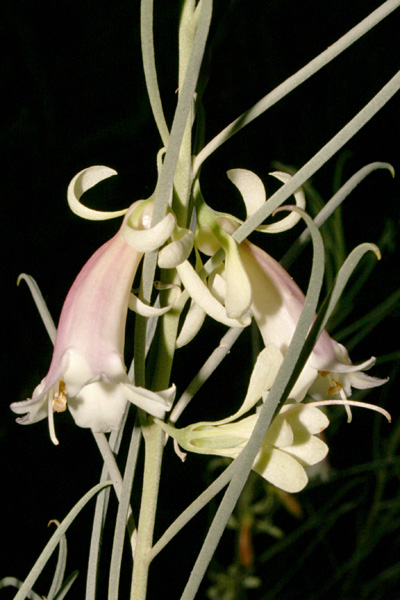
Photo: Alice Newton
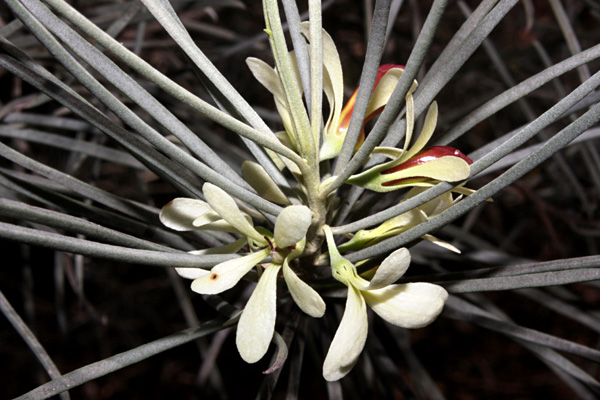
Burrendong Arboretum, NSW
Photo: John Newton
| Common Name: Weeooka Size: Medium Flower Colour: Cream, pink or red |
Eremophila oppositifolia Hybrids
The following hybrids with E.oppositifolia in the parentage are known:
- Eremophila ‘Piccaninny Dawn’ (Eremophila oldfiedii ssp angustifolia x Eremophila oppositifolia ssp oppositifolia)
- Eremophila aureivisca x Eremophila oppositifolia
- Eremophila oppositifolia x Eremophila scoparia
The following selected form of E.oppositifolia is known:
 Australian Native Plants Society (Australia)
Australian Native Plants Society (Australia)